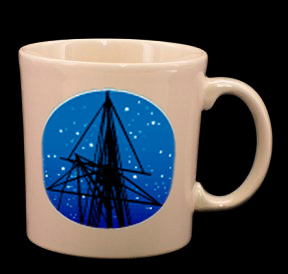We are constantly improving our existing tools and adding new
ones. Here are some highlights from the past year:
- The Spectral Data Coplot Utility
(http://archive.stsci.edu/mast_coplot.html) now has the option of
displaying the average of "like" spectra.
Two buttons have been added to plot just the average of like spectra or to coplot this average along
with the constituent spectra. In both cases the mean spectrum is labeled "Average spectrum" and plotted in black.
The averaging option works only for "like" spectra.
The averaging option keys on the total number of points represented in the first (primary) spectrum
(irrespective of the wavelength limits entered). The averaging option of the Coplotter is a "dumb"
feature, meaning that it can be used only to compute averages from spectral files having the same
number of total points, i.e. spectra observed in a common instrumental configuration. For example,
an LWP or LWR IUE spectrum will not be properly coaveraged with an IUE SWP spectrum (or a HST/GHRS spectrum
with another GHRS spectrum observed with a different grating). If a secondary spectrum is added
which fails this equality-of-points test, the secondary will be overplotted but not coaveraged.
Garbage in, garbage out!
 The averaged spectrum is a straight mean of the input flux vectors. One exception is
that for IUE data, pixels with flags less than -512 are assigned zero weights and those data are not
included in the average (even if corresponding pixels from other spectra in the coaddition have good flags).
The averaged spectrum is a straight mean of the input flux vectors. One exception is
that for IUE data, pixels with flags less than -512 are assigned zero weights and those data are not
included in the average (even if corresponding pixels from other spectra in the coaddition have good flags).
In the example to the right, three SWP low dispersion spectra of Capella and their average are shown.
- Scrapbook enhancements
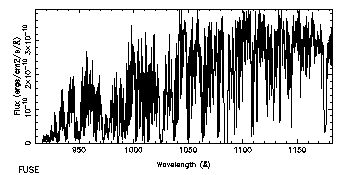 FUSE spectra are now included in the spectral part of the MAST Scrapbook
(http://archive.stsci.edu/scrapbook.php).
FUSE spectra are now included in the spectral part of the MAST Scrapbook
(http://archive.stsci.edu/scrapbook.php).
The plot to the right is the FUSE plot of the star HD 120991 (observation Q1140101000) that is the current "representative" FUSE observation for this target.
Links to 2MASS images are now included in the MAST scrapbook (using data type = images).
The 2MASS data (available as both jpg images and FITS files) are 20'x20' and are centered
on the listed MAST observations.
- VizieR Search Form Enhancement
The VizieR search form now offers the ability to search on
ADC-defined astronomical terms as well as keyword searches on author's
name, catalog title, and catalog description. This allows searching on
many object classes.
- New version of VOPlot is now accessbile
A new version of VOPlot is now accessible from the MAST search
results pages. VOPlot is a tool for visualizing astronomical data,
designed to work with data in the Virtual Observatory compatible
VOTable format. For more information see
http://vo.iucaa.ernet.in/~voi/voplot.htm
- SpecView
SpecView, a sophisticated Java application for 1-D spectral visualization and
analysis of astronomical spectrograms, is now available. SpecView is
capable of reading all the HST spectral data formats, as well as data
from a few other instruments (such as IUE, FUSE, ISO, FORS and SDSS),
MAST spectral previews, and data from generic FITS and ASCII
tables. It can also read and write spectrogram data in Virtual
Observatory SED format.
SpecView was developed by Ivo Busko of the Science Software Branch at STScI with
input from MAST archive scientists. To download the application and for more information see the web page:
http://www.stsci.edu/resources/software_hardware/specview
- StarView
StarView was upgraded to version 7.3 in July of 2004. Version 7.3
features protocol to aid users behind strict firewalls, improved
database connectivity, and many improvements that enhance performance,
reliability, and usability. Please visit
http://starview.stsci.edu/html to download or learn more about
StarView.




 Follow Us
Follow Us
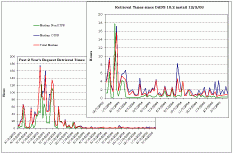
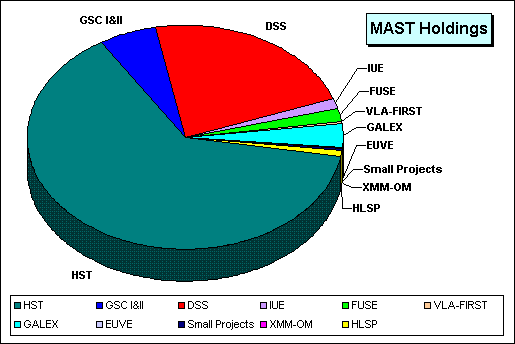 While the HST archive dominates the archive in terms of data archived and retrieved, other datasets are utilized.
MAST began archiving and distributing GALEX data products in November 2004.
MAST now holds around 8.25 GB of GALEX image data.
Since distribution of GALEX data began in November, 2004, MAST has distributed over 400GB of GALEX data.
As subsequent deliveries are made, we expect the GALEX archive to grow to around 7 TB.
While the HST archive dominates the archive in terms of data archived and retrieved, other datasets are utilized.
MAST began archiving and distributing GALEX data products in November 2004.
MAST now holds around 8.25 GB of GALEX image data.
Since distribution of GALEX data began in November, 2004, MAST has distributed over 400GB of GALEX data.
As subsequent deliveries are made, we expect the GALEX archive to grow to around 7 TB.
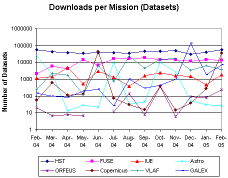

 Hubble Ultra-Deep Field (HUDF):
Hubble Ultra-Deep Field (HUDF):
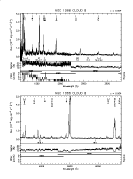
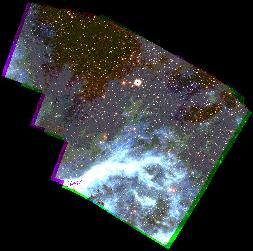
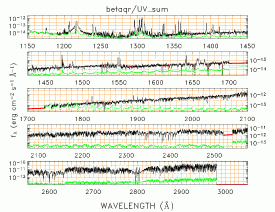

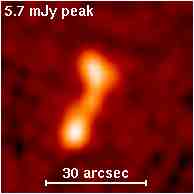 Several hundred new coadded VLA FIRST images were added or
replaced in the past year and there are now over 29,000 files included in this on-line archive.
The data have all been placed in the anonymous ftp area on archive.stsci.edu.
To make retrieval of these data easier, MAST has added a new
search page for the VLA FIRST co-added data at
Several hundred new coadded VLA FIRST images were added or
replaced in the past year and there are now over 29,000 files included in this on-line archive.
The data have all been placed in the anonymous ftp area on archive.stsci.edu.
To make retrieval of these data easier, MAST has added a new
search page for the VLA FIRST co-added data at

 FUSE spectra are now included in the spectral part of the MAST Scrapbook
(
FUSE spectra are now included in the spectral part of the MAST Scrapbook
(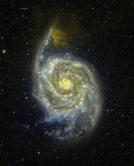
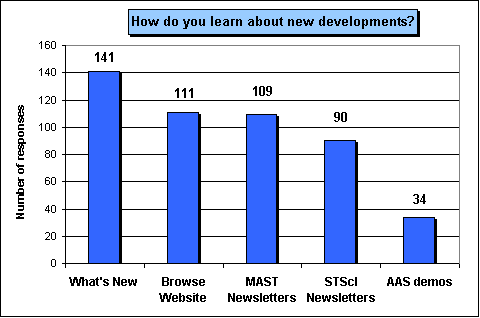
 We find that the responses that our users give us as part of the survey are often the most
interesting and useful aspect of the responses. We administer a survey once a year or so,
but value responses and suggestions all year. We have implemented a "suggestion box" at
We find that the responses that our users give us as part of the survey are often the most
interesting and useful aspect of the responses. We administer a survey once a year or so,
but value responses and suggestions all year. We have implemented a "suggestion box" at
